Since its explosive debut, Candy Crush Saga has transcended the realm of mere mobile games to become a cultural phenomenon. From subway commuters to grandmothers, millions have found themselves ensnared in its vibrant, gem-matching embrace. Developed by King, this deceptively simple puzzle game redefined what a mobile game could achieve, both in terms of widespread appeal and commercial success. It's a title that has not only dominated app store charts for over a decade but has also profoundly influenced the design and monetization strategies of countless mobile games that followed. But beneath its saccharine exterior, does Candy Crush Saga hold up as a truly excellent game worthy of its iconic status, or is it merely another fleeting, albeit incredibly popular, digital distraction? Join us as we dive deep into the sugary world to uncover the enduring appeal, subtle frustrations, and indelible legacy of a game that continues to define a genre.
The Genesis of a Phenomenon: From Facebook to Global Domination (2012-2013)
The story of Candy Crush Saga is one of remarkable growth and strategic brilliance, a testament to King's understanding of burgeoning social and mobile platforms. While many remember its mobile ubiquity, the game actually began its life as a
Facebook game in April 2012. This initial soft launch on the social media giant's platform was a calculated move, allowing King to test mechanics, gauge player interest, and build a foundational audience before its full mobile assault. Its rapid ascent on Facebook laid the groundwork for its subsequent, truly explosive mobile launch.
From Browser to Pocket: The Mobile Revolution and Cross-Platform Magic
When
Candy Crush Saga made its way to iOS and Android devices in November 2012, it was more than just a direct port; it was a carefully optimized transition designed for the unique interaction paradigms of touchscreens. The seamless integration of Facebook progress, allowing players to pick up where they left off on different devices – a groundbreaking feature for its time – was a critical enabler of its ubiquity. This
cross-platform compatibility, coupled with the inherent accessibility of touch controls, propelled the game into the stratosphere of mobile gaming. Within months, it quickly became the most downloaded free app on iOS and Android in numerous countries, solidifying King's position as a powerhouse in the nascent, yet rapidly expanding, mobile gaming industry. The timing was impeccable, arriving just as smartphone adoption was peaking globally, ready to capture a massive, untapped audience of casual gamers.
The Strategic Rollout: Lessons in Virality
King's rollout wasn't just about the game itself; it was about the network.
By starting on Facebook, they leveraged existing social graphs, making it easy for players to invite friends, share progress, and send lives – all vital components of its viral spread. When it moved to mobile, these social hooks followed, maintaining that vital connection.
This strategy cultivated an organic, word-of-mouth marketing machine that amplified its reach far beyond traditional advertising, demonstrating a profound understanding of how modern digital products could scale globally. It was less about brute-force marketing and more about elegant, self-perpetuating virality.
Core Gameplay Loop: Simple Swipes, Complex Strategies
At its heart, Candy Crush Saga adheres to the classic match-3 puzzle formula, a mechanic popularized by titles like Bejeweled. Players simply swap adjacent candies to create horizontal or vertical lines of three or more identical confections. This basic mechanic, however, is merely the foundation upon which layers of complexity, strategic depth, and delightful unpredictability are built, transforming a simple concept into an endlessly engaging challenge.
The Art of the Match: Beyond Three-in-a-Row and Special Candy Mastery
The true strategic depth emerges from the creation and intelligent deployment of
special candies.
Matching four candies in a row creates a Striped Candy, capable of clearing an entire row or column. Matching five candies in an L or T shape yields a Wrapped Candy, which explodes to clear a 3x3 area. The coveted five-in-a-row match produces a Color Bomb, an incredibly powerful item that clears all candies of a chosen color from the board.
The mastery lies not just in creating these, but in
combining them. A Striped Candy combined with a Wrapped Candy creates a massive 3x3 striped explosion. Two Wrapped Candies create an even larger 5x5 explosion.
Perhaps the most devastating combo is the Color Bomb with a Striped or Wrapped Candy, which transforms all candies of a chosen color into special candies before activating them, often leading to spectacular chain reactions. Understanding how and when to create and deploy these powerful combinations is the absolute key to mastering the game, especially on its most challenging levels. This intuitive yet deep system of special candy creation and combination elevates the gameplay beyond simple pattern recognition, demanding foresight and planning.
Level Objectives and Obstacles: The Evolving Challenge and Infinite Variation
What prevents Candy Crush Saga from becoming monotonous is the
constant introduction of new level objectives and ingenious obstacles. Early levels might simply require clearing a certain number of candies, but quickly, players encounter a diverse array of challenges:
- Clearing Jelly: Eliminating jelly squares by making matches over them.
- Bringing Down Ingredients: Guiding cherries or hazelnuts to the bottom of the board.
- Collecting Specific Candy Orders: Gathering a certain number of specific colored candies or combinations.
Complementing these objectives are a myriad of
obstacles that add further layers of strategic thinking:
- Chocolate: Spreads across the board if not cleared, blocking matches.
- Licorice Swirls: Impede matches and block special candy effects.
- Blockers (Meringue, Multi-layered Icing): Require multiple hits to clear.
- Timed Bombs: Must be cleared within a certain number of moves or they explode, ending the level.
- Sugar Skulls and Lock-and-Key Systems: Introduce puzzle elements that require specific matches or keys to unlock new areas.
This constant stream of new mechanics, coupled with varying board layouts and constrained move counts, ensures that the core match-3 mechanic remains fresh and engaging for hundreds, if not thousands, of levels. Each new episode often introduces a new twist, keeping veteran players on their toes and providing an unending sense of discovery and challenge. This meticulous design of evolving complexity is a hallmark of its longevity.
The Psychological Hooks: Why We Keep Coming Back for "Just One More Try"
Beyond its bright colors and simple mechanics,
Candy Crush Saga employs a masterful understanding of psychological principles to keep players hooked. This is where the game truly shines as a prime example of effective, and some might argue manipulative, mobile game design. Its success isn't accidental; it's engineered through a sophisticated application of behavioral psychology.
The Feedback Loop: A Symphony of Satisfaction and Variable Reinforcement
Every successful match in Candy Crush Saga is met with a
symphony of satisfying visual and auditory feedback. Candies explode with delightful pops, points cascade across the screen in vibrant numbers, and triumphant chimes punctuate successful moves. Special candy activations result in screen-shaking animations and powerful sound effects that convey immense power.
This constant stream of positive reinforcement, even for small achievements, triggers dopamine releases in the player's brain, creating a sense of accomplishment and strongly encouraging them to continue. The
"Sugar Crush" at the end of a successful level, where remaining special candies auto-activate, is the ultimate crescendo of this positive feedback loop, a grand fireworks display of success that leaves the player feeling powerful and satisfied.
This consistent and immediate gratification, combined with the unpredictable nature of cascades, forms a variable ratio reinforcement schedule, akin to a slot machine. Players don't always win, but they experience enough "near misses" and occasional "big wins" (clearing a difficult level with a spectacular combo) to keep them engaged. The tantalizing possibility of that perfect cascade or game-winning combo is a powerful driver for "just one more try."
Goal Gradient Effect and Scarcity: The Allure of Progression
The game masterfully utilizes the
goal gradient effect, where motivation increases as one gets closer to a goal.
The clear progression map, showing levels conquered and levels ahead, constantly reminds players of their journey and encourages them to push forward. Seeing that next difficult level or the next "episode" on the horizon provides a strong pull. Coupled with this is the
scarcity principle, most evident in the
limited lives system. Players have a finite number of attempts before they must wait or pay. This artificial scarcity creates a sense of urgency and value for each attempt, making success feel more rewarding and failure more impactful, which, paradoxically, can increase engagement for those determined to overcome the challenge.
Monetization Model: Free-to-Play, Pay-to-Progress?
King pioneered and perfected the "freemium" model with Candy Crush Saga, offering the game for free but incorporating strategically placed in-app purchases (IAPs). This model has been both lauded for its unprecedented accessibility and criticized for its potential to exploit vulnerable players, striking a delicate balance between player enjoyment and revenue generation.
Lives, Boosters, and the Temptation of Instant Gratification
The primary monetization mechanism revolves around "lives." Players have a limited number of lives (typically five), which deplete with each failed attempt at a level. Once depleted, players are presented with a choice: wait for lives to regenerate (typically 30 minutes per life, or 2.5 hours for a full set) or purchase them with real money.
This wait-or-pay mechanic is a classic example of creating artificial friction to encourage spending. Additionally, various "boosters" – special candies (e.g., Lollypop Hammer, Color Bomb, Striped/Wrapped combo) or tools (e.g., extra moves) that give players a significant advantage – can be purchased. These boosters are often the key to overcoming particularly stubborn levels, subtly nudging players towards spending when frustration mounts. The cost of these items, while seemingly small individually, can accumulate rapidly for highly engaged players.
The "Pay Wall" Debate: Designed Frustration vs. Optional Acceleration
Critics often argue that Candy Crush Saga levels are deliberately designed with a steep and often frustrating difficulty curve to encourage players to either spend money on boosters or wait for lives. The accusation is that certain levels are intentionally made difficult not by complex puzzle design, but by limiting moves, introducing restrictive layouts, or placing awkward obstacles, thus creating a "pay wall." While it's certainly possible to complete the entire game without spending a dime – requiring significant patience, strategic thinking, and often, a touch of luck – the experience can become a slow, arduous grind. This creates a powerful psychological tension for players: the choice between prolonged frustration and the instant gratification provided by a monetary transaction. King has consistently defended its model, stating that it allows for a broad free player base while offering optional pathways for those who wish to accelerate their progress or gain an edge. This debate continues to define much of the discourse around freemium games, with Candy Crush Saga often cited as a prime example.
Graphics and Sound: A Sweet Treat for the Senses
For a mobile puzzle game, Candy Crush Saga excels in its presentation, creating a visually appealing and audibly satisfying experience that not only enhances the core gameplay but also contributes significantly to its addictive nature. The attention to detail in its sensory feedback is a cornerstone of its success.
A Feast for the Eyes: Vibrant, Whimsical, and Consistently Polished
The game's art style is instantly recognizable:
bright, colorful, and undeniably whimsical. Candies are rendered with a glossy, almost edible quality, reflecting light and texture to appear tantalizingly real. The backgrounds, which change with each "episode" or world, are filled with fantastical landscapes made of sweets, pastries, and treats – from the "Lemonade Lake" to the "Candy Clouds."
Animations are smooth and fluid, from the satisfying "pop" of a cleared candy to the explosive, screen-shaking effects of special combinations and cascades. While not graphically intensive in the way a console game might be, the aesthetic is
consistently polished, charming, and highly legible, ensuring that players can always distinguish between candy types and board elements even amidst chaotic explosions. This inviting and cheerful visual design is a major factor in its broad appeal across all demographics.
The Soundtrack of Success: Chimes, Jingles, and Auditory Reinforcement
The audio design in Candy Crush Saga is just as meticulously crafted as its visuals, serving as a powerful layer of positive reinforcement. Gentle, upbeat, and often whimsical music provides a pleasant backdrop to the puzzle-solving, never becoming too intrusive or repetitive. However, the
sound effects are the true stars.
Each match, special candy activation, and level completion is accompanied by distinct, satisfying sounds. The crisp "ding" of a cleared jelly, the "whoosh" of a striped candy's effect, the deep "thump" of a wrapped candy explosion, and the triumphant, celebratory jingle upon completing a level all contribute profoundly to the addictive feedback loop. These auditory cues are crucial for reinforcing successful actions, signaling progress, and immersing the player in the sugary world. They provide an immediate, gratifying response to every interaction, making the act of playing feel inherently rewarding.
Content and Longevity: An Ever-Expanding Universe and Unwavering Engagement
One of Candy Crush Saga's most impressive feats is its sheer volume of content and King's unwavering commitment to continuous updates.
This relentless expansion, coupled with clever engagement strategies, is a major factor in its lasting appeal and ability to retain its massive player base for over a decade.
Thousands of Levels and Counting: An Odyssey Through Sweetness
At the time of this review, Candy Crush Saga boasts thousands of levels, with new "episodes" or worlds being added regularly, often weekly or bi-weekly. This ensures that even the most dedicated and long-term players always have new challenges to look forward to. The progression system, with its charming map leading through various themed lands (each with its own unique visual style), creates a tangible sense of journey and accomplishment as players advance. This constantly expanding universe provides an almost infinite runway for players, preventing them from "completing" the game and running out of content, a common pitfall for many casual titles. The sheer scale is staggering, representing an immense investment in level design.
Special Events and Daily Rewards: Cultivating Routine and Freshness
Beyond the main campaign, King frequently introduces a variety of special events, limited-time challenges, and daily rewards that serve to keep the game fresh and encourage routine engagement. These events often offer:
- Unique Gameplay Variations: Such as "Sugar Crush" events where players compete for the highest score on a specific level.
- Opportunities to Earn Boosters: Providing free alternatives to purchasing in-app items.
- Chances to Compete on Leaderboards: Fostering a sense of friendly competition among players.
- Narrative Mini-events: Such as collecting ingredients for a special recipe.
This constant influx of new content, coupled with daily login bonuses and recurring mini-games like "Candy Royale" (a last-man-standing daily competition), strongly encourages players to return frequently. These events break up the monotony of the main level progression and provide new short-term goals, effectively preventing the game from feeling stale even after years of play. This dynamic content strategy is a cornerstone of its exceptional longevity.
Community and Social Integration: Sharing the Sweet Success
Candy Crush Saga was built from the ground up with social interaction in mind, leveraging the power of existing social networks to enhance its virality, engagement, and long-term retention. Its success is intrinsically linked to its ability to connect players.
Friends and Foes: Lives, Gifts, and Competitive Leaderboards
The deep integration with Facebook (and later, direct friend connections within the app) allows players to connect seamlessly with their friends. This manifests in several key ways:
- Sending and Receiving Lives: A crucial mechanism where players can send free lives to friends and request them when they run out, reducing the need for IAPs and fostering mutual support. This also creates reciprocal obligations, encouraging players to log in and send lives back.
- Progress Tracking on the Map: Seeing your friends' avatars alongside your own on the progression map provides a subtle yet powerful competitive urge, encouraging you to push further and "catch up" or surpass your peers.
- Leaderboards: For individual levels and overall progress, leaderboards allow players to directly compare their scores and progress with their friends, fueling a desire to achieve higher ranks.
This social layer transforms a solitary puzzle experience into a shared, often competitive, journey, making it more sticky and engaging than a purely single-player game.
The Global Phenomenon: Beyond Just Gaming Communities
Perhaps more than any other mobile game, Candy Crush Saga has transcended typical gaming communities, becoming a common talking point and a shared experience across an incredibly diverse range of demographics. Its simple mechanics make it immediately accessible to non-gamers – from children to seniors – fostering a broader sense of connection and social interaction that extends beyond the digital realm. People discuss their progress, share tips, and commiserate over difficult levels in real-life social settings. This widespread recognition and adoption by a non-traditional gaming audience has undeniably contributed to its enduring legacy and status as a genuine pop culture touchstone. It's a game that almost everyone has at least heard of, if not played.
The "Saga" Legacy: Influence on Mobile Gaming and Beyond
Candy Crush Saga's impact on the mobile gaming landscape cannot be overstated.
It didn't just achieve unprecedented success; it set new benchmarks for design, monetization, and audience reach, influencing countless games that followed and fundamentally shaping the direction of the mobile gaming industry.
The Freemium Template: A Blueprint for Billion-Dollar Success
King's refined
freemium model, while a subject of ongoing ethical debate, became an undeniable
blueprint for numerous mobile game developers. The intricate balance between providing a compelling free experience and strategically encouraging in-app purchases through lives, boosters, and cosmetic items has been widely emulated. This model demonstrably allowed many games to achieve massive audiences without traditional upfront costs, democratizing access to gaming while simultaneously generating billions in revenue. The lessons learned from Candy Crush's monetization, particularly the use of artificial scarcity and optional power-ups, are visible in almost every successful mobile game released since its prime.
Casual Gaming Dominance: Proving the Market and Expanding the Audience
More than any other title, Candy Crush Saga definitively proved the immense market potential of casual mobile games. It demonstrated that simple, engaging mechanics, coupled with strong monetization and robust social integration, could captivate tens (and later hundreds) of millions of players and generate colossal revenues. This success wasn't just about financial gain; it validated mobile as a dominant platform for mass-market entertainment, showing that games could appeal beyond traditional "gamers" and become a ubiquitous form of daily digital interaction for a global audience. This opened the floodgates for a generation of "saga" style games and cemented mobile as a legitimate and highly lucrative gaming platform. Its influence stretches across genres, from puzzle games to casual simulation and even hyper-casual titles, all of which borrow elements of its successful formula.
Accessibility and User Experience: A Game for Everyone
One of Candy Crush Saga's greatest strengths, and a key factor in its universal appeal, lies in its
universal accessibility, making it enjoyable and playable for a remarkably diverse player base, regardless of age, gaming experience, or technical proficiency.
Intuitive Controls: Just Swipe and Tap
The control scheme is as simple as it gets, embodying the principle of "easy to learn, hard to master." Players interact solely by
swiping adjacent candies to swap them and
tapping special candies to activate them. There's no complex button mapping, intricate gesture controls, or convoluted maneuvers to learn. This incredibly intuitive interface means that virtually anyone, from a young child to a senior citizen who has never played a video game before, can pick up and play Candy Crush Saga within minutes. This incredibly low barrier to entry is arguably the most critical factor in its widespread appeal, inviting a global audience that traditional console or PC games often struggle to reach.
Visual Clarity and Readability: No Confusion Here
Despite the often chaotic and visually busy game boards, especially during cascades, the visual design ensures
excellent readability and immediate understanding. Each candy type is distinct in color and shape, and special candies are clearly differentiated with unique textures and animations. The effects, while vibrant and celebratory, never obscure the core gameplay elements. Pop-up text and clear indicators guide players on objectives and available moves. This exceptional visual clarity contributes to a smooth and frustration-free user experience, allowing players to focus entirely on the puzzle-solving aspect rather than struggling with an opaque interface. The consistent iconography and clear feedback systems remove any ambiguity, making the game universally understandable.
The Downsides: Frustration, Fatigue, and the Monetization Debate
While Candy Crush Saga is undeniably a monumental success and a masterclass in mobile game design, it's not without its drawbacks. For long-term players, and those more sensitive to certain game design philosophies, some aspects can lead to significant frustration and even fatigue.
The Grind and Artificial Difficulty: Patience is a Virtue (or a Credit Card)
As mentioned previously, the difficulty spikes within Candy Crush Saga can be significant and often feel arbitrary, leading to periods of intense frustration and repetitive attempts. Some levels genuinely feel designed with a deliberate intent to push players towards microtransactions, testing their patience to its absolute limits. These levels often feature extremely limited moves, awkward board layouts, or a reliance on specific, hard-to-create cascades. For players unwilling to spend money, progress can feel like an excruciatingly slow, arduous grind, where success often feels more like a result of sheer luck (a random cascade of special candies) rather than pure skill. This "designed frustration" is a common criticism of the freemium model, creating moments where the fun of the puzzle is overshadowed by the clear pressure to spend.
Repetitive Nature: More of the Same, Forever?
Despite the constant introduction of new mechanics, obstacles, and level objectives, the
core gameplay loop remains fundamentally the same: match three candies. For some players, especially those who prefer more narrative-driven, mechanically diverse, or skill-based competitive games, Candy Crush Saga can eventually feel repetitive. While the vast number of levels offers incredible longevity, the inherent "more of the same" nature might lead to
player fatigue over extended periods of play. The innovation, while present, is often iterative rather than revolutionary, and players looking for deeply evolving gameplay or complex storylines will find themselves wanting. It's a game about refining a single, core mechanic, and for some, that simplicity eventually wears thin
Final Verdict: A Sweet Legacy in the Pantheon of Mobile Gaming
Candy Crush Saga stands as a monumental achievement in mobile gaming. It masterfully blends simple, addictive puzzle mechanics with expertly crafted psychological hooks, vibrant presentation, and a shrewd, albeit sometimes controversial, monetization strategy. It's a game that knows exactly what it is and executes its vision with near-flawless precision, proving that casual games can command the attention and wallets of billions. While its freemium model can lead to moments of frustrating "designed difficulty" and the core gameplay can eventually feel repetitive for some, its unparalleled accessibility, consistent updates, and sheer scale of content ensure its place as an enduring classic.
For anyone looking for a quick, engaging, and delightfully sweet distraction on their mobile device, Candy Crush Saga remains a top-tier recommendation. It's a game that exemplifies the power of casual gaming to captivate mass audiences and continues to offer countless hours of sugary satisfaction. It's not just a game; it's a cultural touchstone that redefined an industry.















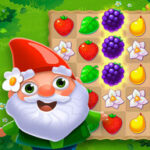

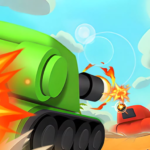

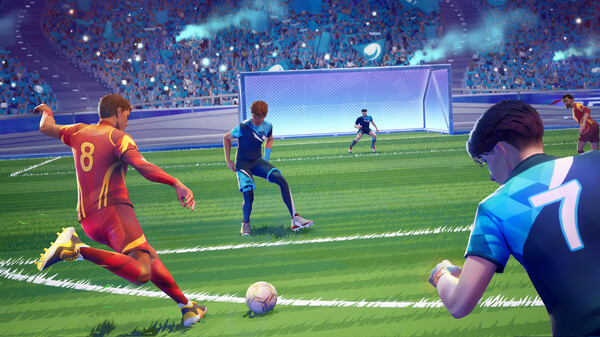
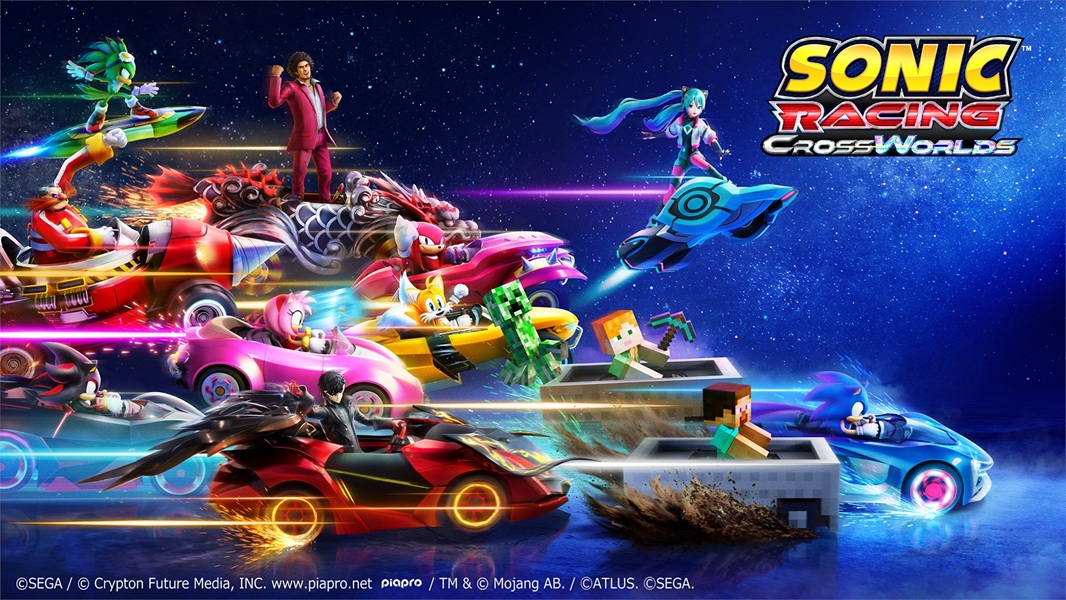
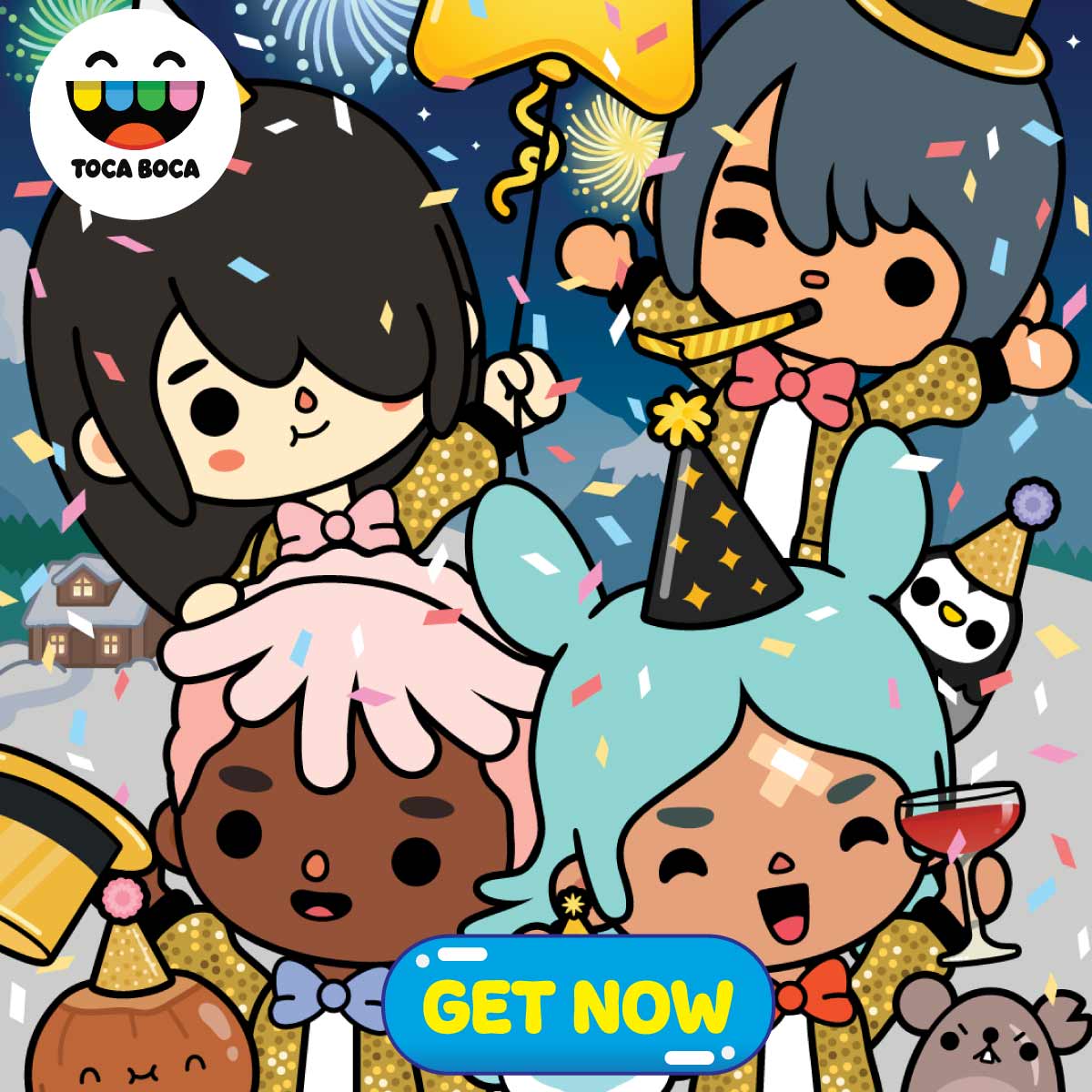
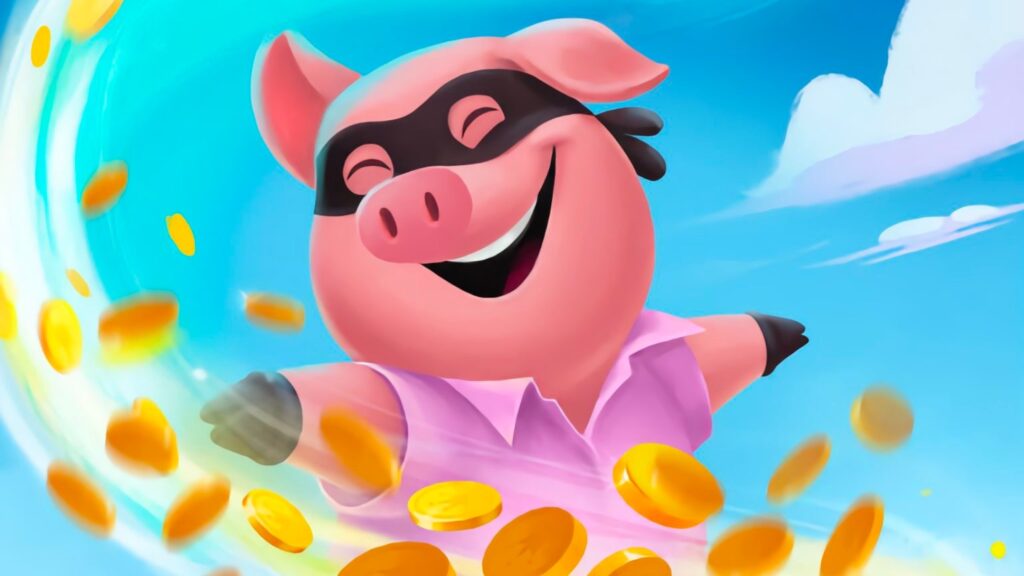
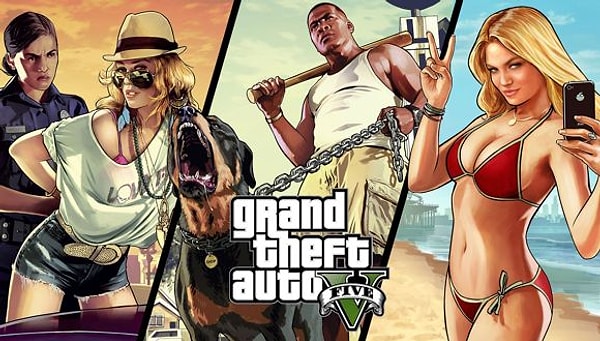
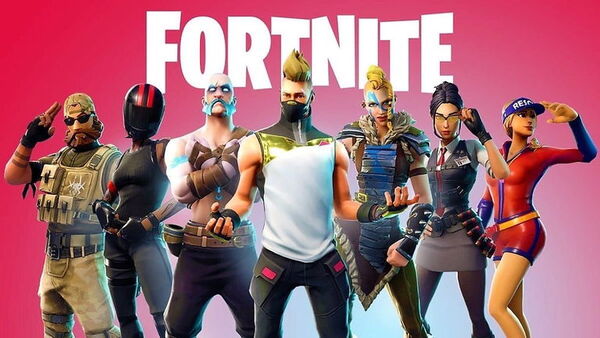
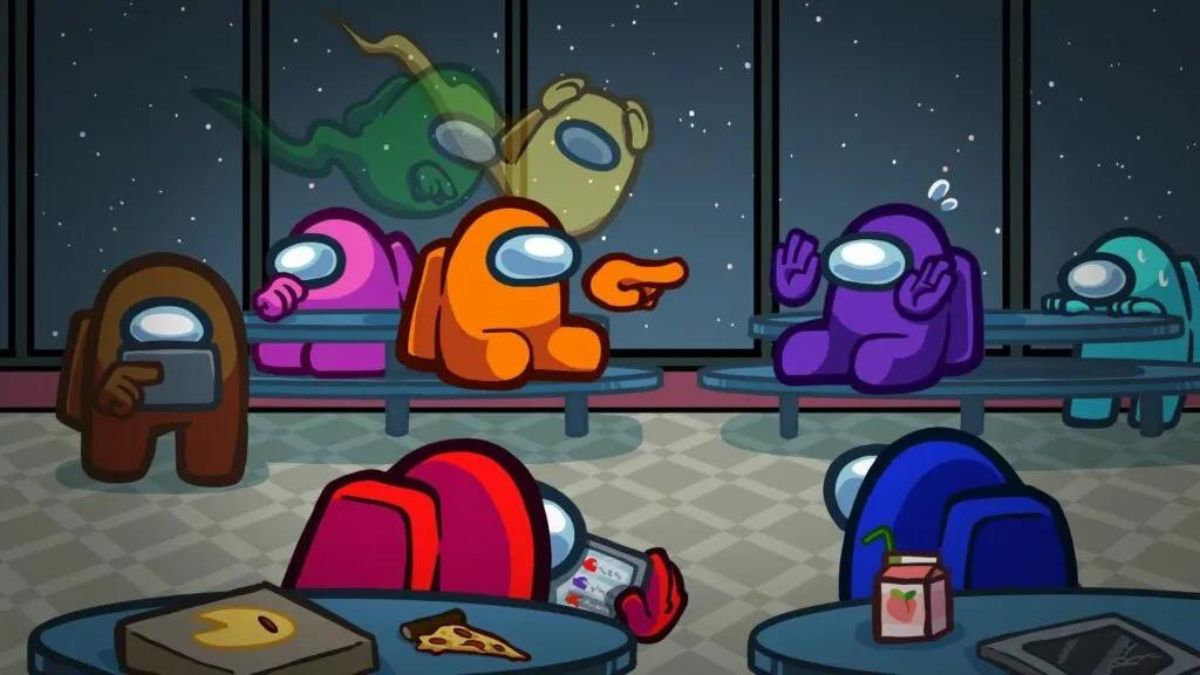
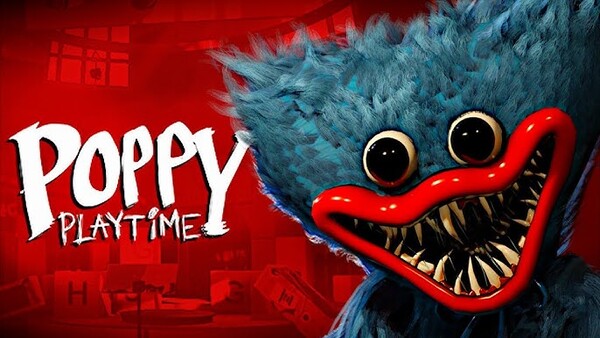
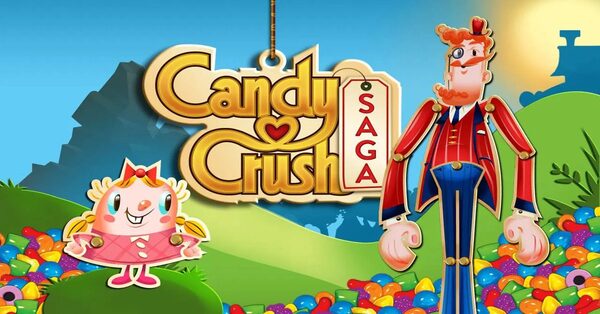
![Roblox – Dead Rails [Alpha]](https://zunogame.com/wp-content/uploads/2025/07/logo-1-150x150.jpg)




